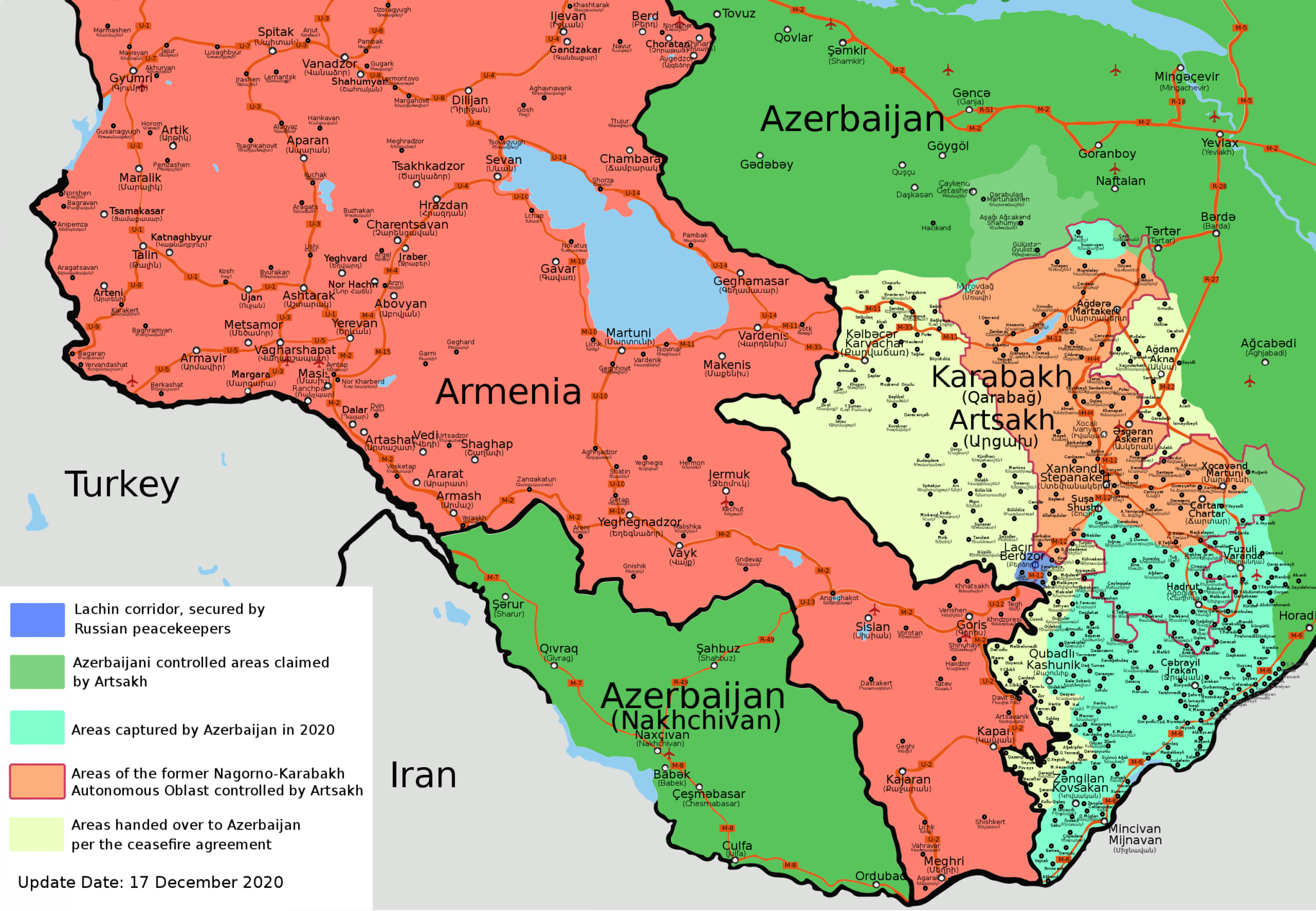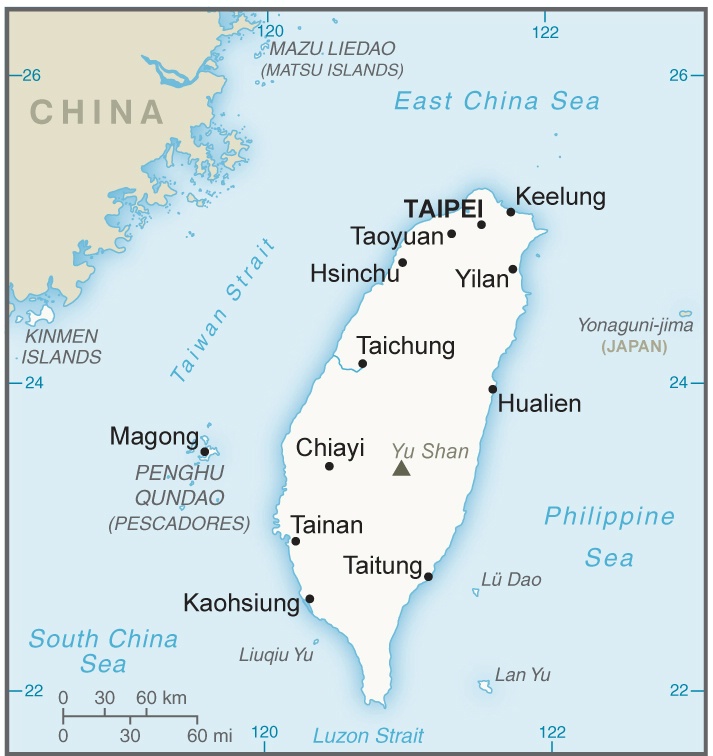“There are concerns that China has utilized Japan’s knowledge in the development of the latest technology, which is also known as a ‘game changer’ that could revolutionize the face of war.”
The following article, originally published by influential Japanese weekly Tokya Shukan Shincho, argues that China is using Japanese cutting-edge technology to build its military capability. The author, Hirai Koji, a member of the Japan Forum for Strategic Studies Policy Advisory Board, explains that 43 higher-level universities in Japan have accepted students from seven leading Chinese universities, known as the “Seven Sons of National Defense.” These “Seven Sons” fall under the Ministry of Industry and Information Technology in China and are responsible for the research and development of weapons and equipment used by the People’s Liberation Army. According to the article, completing their advanced education in Japan, “more than a few” of these students returned to China to develop key weapons. For example, after attending one of Japan’s higher-level universities and returning to China, many researchers participated in hypersonic-related research at universities and research institutes. The article goes on to note nine experts in related fields, such as jet engines, fluid dynamics, and heat resistant materials, who also had studied in Japan and returned to develop this new weapon. The author argues that while Japan’s academia has not been cooperating in any way with Japan’s national security, “it has been eagerly cooperating with China’s military buildup.”
Source:
Hirai Koji, “中国「大軍拡」は日本の技術の賜物 (China’s Military Expansion Due to Gift of Japanese Technology),” Tokyo Shukan Shincho (considered one of Japan’s most influential weekly magazines),21 July 2022. Posted on Yahoo Japan News at https://news.yahoo.co.jp/articles/a37c3552fced0105932811c60d9e39dea70aa3fd?page=1
In China, there are universities called the “Seven Sons of National Defense,” which are responsible for the development of weapons and equipment used by the People’s Liberation Army [PLA] which are: 1) Beihang University of Aeronautics and Astronautics, 2) Harbin University of Technology, 3) Beijing University of Technology, 4) Harbin Engineering University, 5) Nanjing University of Aeronautics and Astronautics, 6) Nanjing University of Science and Technology, and 7) Northwestern Polytechnical University. They fall directly under the jurisdiction of the State Administration for Science, Technology, and Industry for National Defense.
According to the “Survey on Inter-University Exchange Agreements With Overseas Universities and Overseas Centers of Excellence” revised in October 2021 by the Ministry of Education, Culture, Sports, Science and Technology, 43 public and private universities in Japan have established partnerships with the Seven Sons of National Defense. Starting with the University of Tokyo, Kyoto University, Tokyo Institute of Technology, and others that represent Japanese higher education institutions, they have accepted students from the Seven Sons of National Defense affiliated with the PLA to engage in research on military and civilian technology.
Of course, more than a few of the foreign students who came to Japan have gone on to work on weapons development and performance improvement research after returning home.
On 20 February of this year [2022], Yomiuri Shimbun’s morning edition reported under the title “‘Economic Security: Invisible Threat’ (4) Japanese Technology for ‘Hypersonic Missile’” that Japanese technology may have been used in the development of a new weapon, a hypersonic missile developed by China.
The following is a long quotation from the article. “Hypersonic missiles fly at speeds of Mach 5 or faster and are considered difficult to intercept with the current missile defense system. There are concerns that China has utilized Japan’s knowledge in the development of the latest technology, which is also known as a ‘game changer’ that could revolutionize the face of war.
The Public Security Intelligence Agency secretly submitted a report to the relevant cabinet ministers warning them of this situation. This was in May 2021.
The report pointed out that ‘after returning to China, many researchers engaged in hypersonic-related research at universities and research institutes and pointed to nine experts in the fields, such as jet engines, fluid dynamics, and heat resistant materials.
According to an agency member, one of them became an assistant professor at Tohoku University in 1994 after working as a researcher at a research institute under the umbrella of a Chinese military corporation. He received a Grant-in-Aid for Scientific Research (GASR) and had access to a facility affiliated with the Japan Aerospace Exploration Agency (JAXA) in Miyagi Prefecture. Around 2000, he returned to China and joined a research institute of the Chinese Academy of Sciences, where he was involved in the establishment of a hypersonic experimental facility in 2017, similar to that of JAXA.”
If this is true, it means that Japan’s own advanced technology was transferred to China through a national university and used to develop a new weapon that is said to be virtually impossible to intercept.




